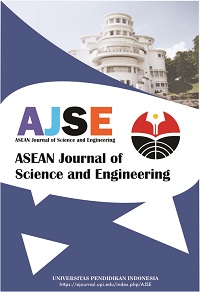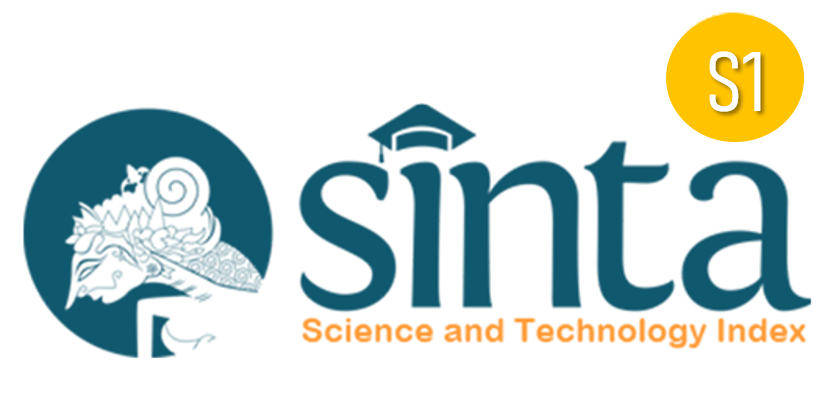Bioplastic from Seaweeds (Eucheuma Cottonii) as an Alternative Plastic
Abstract
This study aims to determine the capability of seaweed (Eucheuma cottonii) as a bioplastic material on varying concentrations of glycerine (10, 20, and 30mL) in terms of (1) tensile strength, and (2) biodegradability. In making the bioplastic, the researchers dried and extracted several seaweeds, used glycerine as the plasticizer, water as the solvent, corn-starch as the thickener, and vinegar to help the starch dissolve easily. After mixing all the ingredients on a hot pan, we placed them on a flat surface lined with foil as soon as possible before the product starts to solidify. It took 3-4 days to harden, depending on how thick the product is. The results in testing the tensile strength revealed that the less amount of glycerine allowed the harder bioplastic produced. The biodegradability test showed that glycerine components caused the plastics to differ in size, shape, moisture, texture, and how fast they degrade, as well as the tensile strength. However, in testing biodegradability, there is no significant difference in the level of glycerine concentration. This study presents how the seaweed bioplastic was created, what it contributes to the community, and how the ecosystem benefits from it, such as reducing the usage of synthetic plastic.
Keywords
Full Text:
PDFReferences
Gade, R., Tulasi, M. S., and Bhai, V. A. (2013). Seaweeds: A novel biomaterial. International Journal of Pharmacy and Pharmaceutical Sciences, 5(2), 975-1491.
Naesa, A., Mona, R., Kara-Ali, A. I., and Laika, H. E., (2019). Economic and environmental side of the use of biotechnologies case study: Synthesis of some bioplastics from algae. Studia Commercialia Bratislavensia, 12(42), 131-136.
Rajendran, N., Puppala, S., Sneha Raj, M., Ruth Angeeleena, B., and Rajam, C. (2012). Seaweeds can be a new source for bioplastics. Journal of Pharmacy Research, 5(3), 1476-1479.
Sudhakar, K., Mamat, R., Samykano, M., Azmi, W. H., Ishak, W. F. W., and Yusaf, T. (2018). An overview of marine macroalgae as bioresource. Renewable and Sustainable Energy Reviews, 91(2018), 165-179.
DOI: https://doi.org/10.17509/ajse.v2i2.37799
Refbacks
- There are currently no refbacks.
Copyright (c) 1970 Universitas Pendidikan Indonesia

This work is licensed under a Creative Commons Attribution-ShareAlike 4.0 International License.












